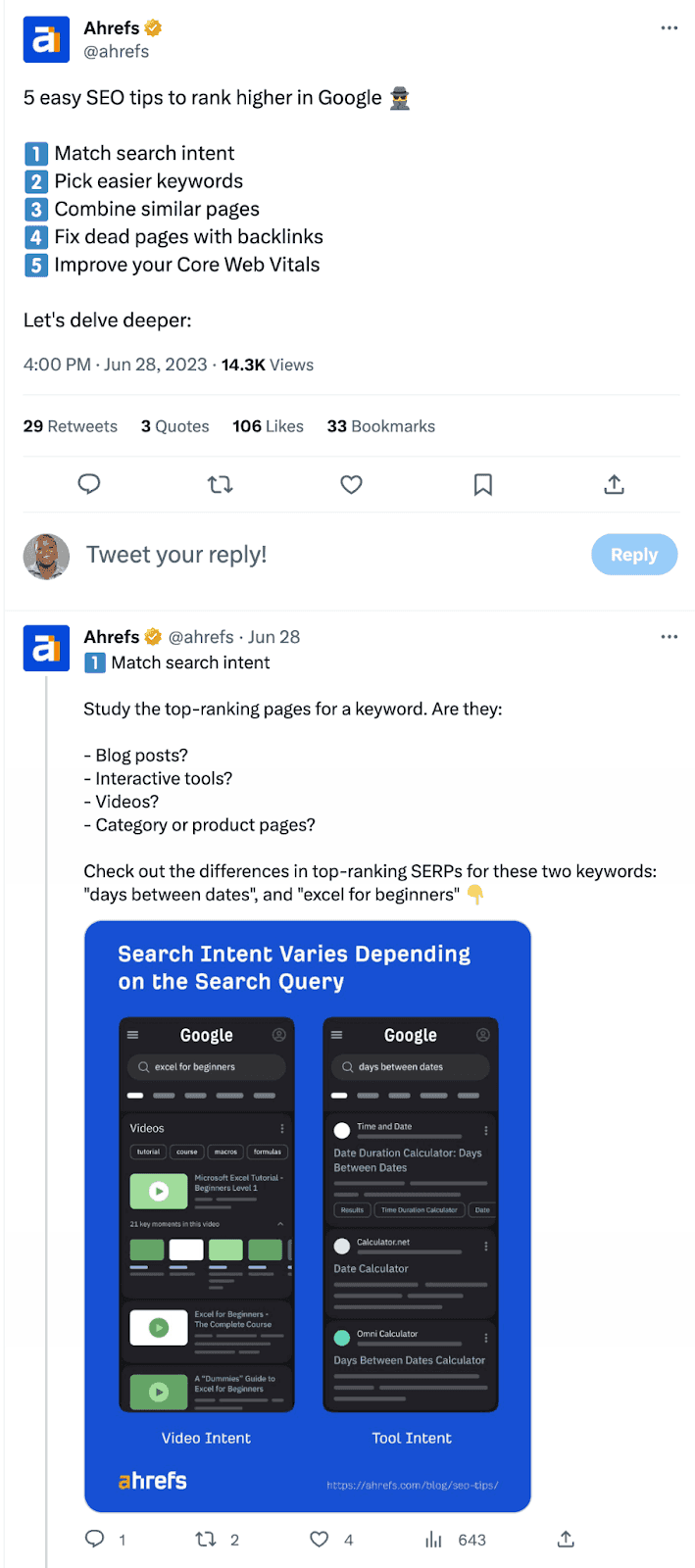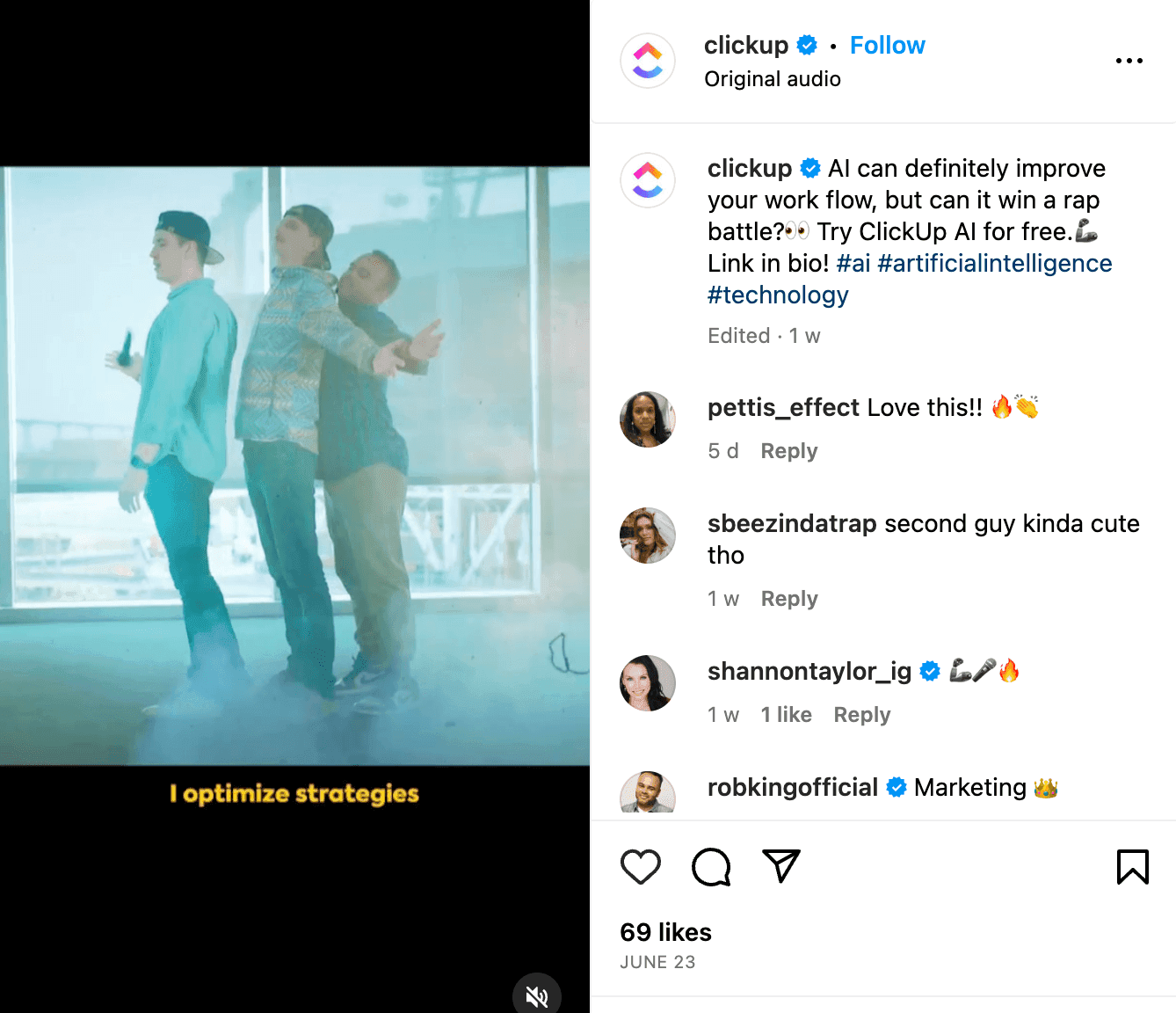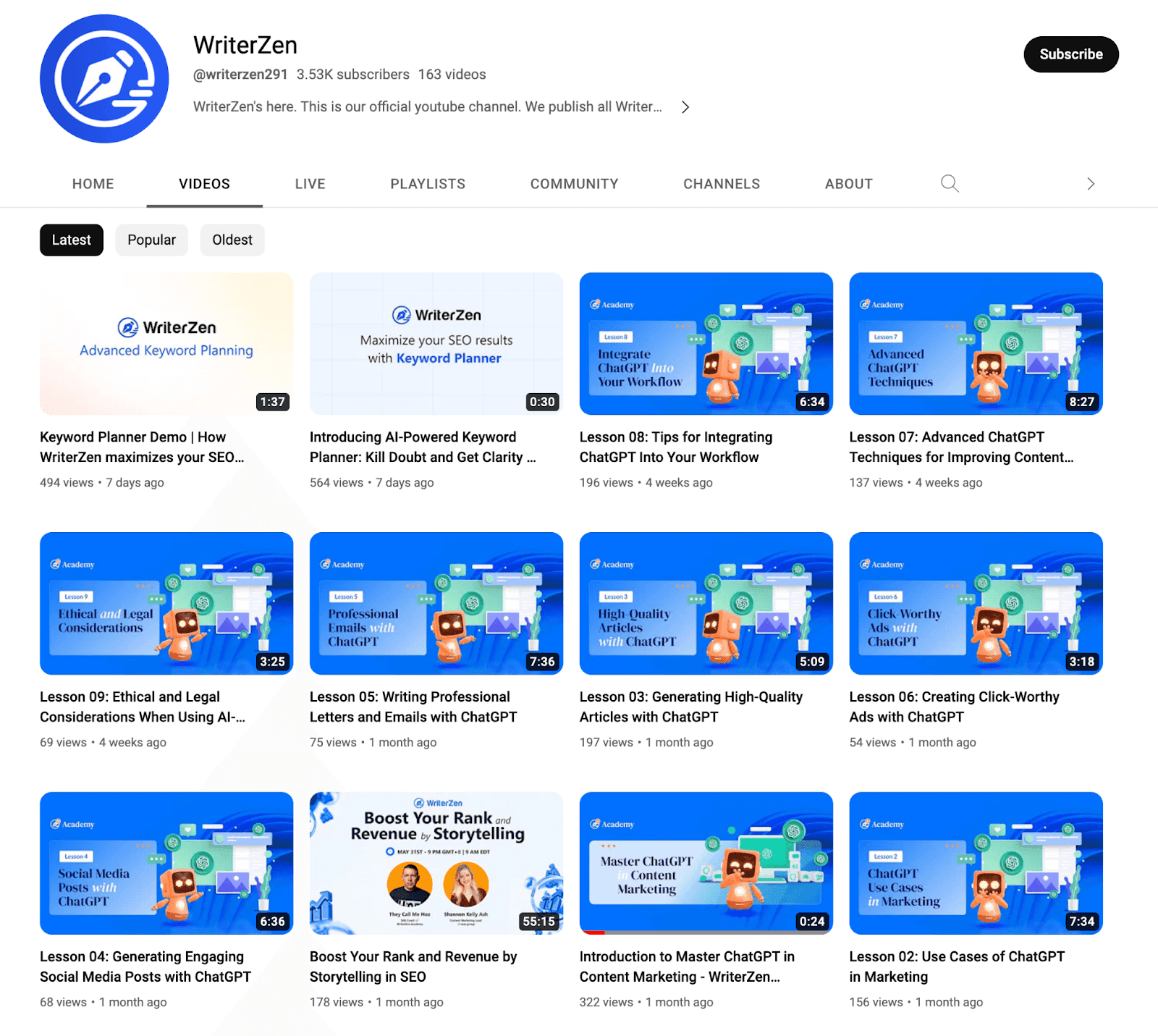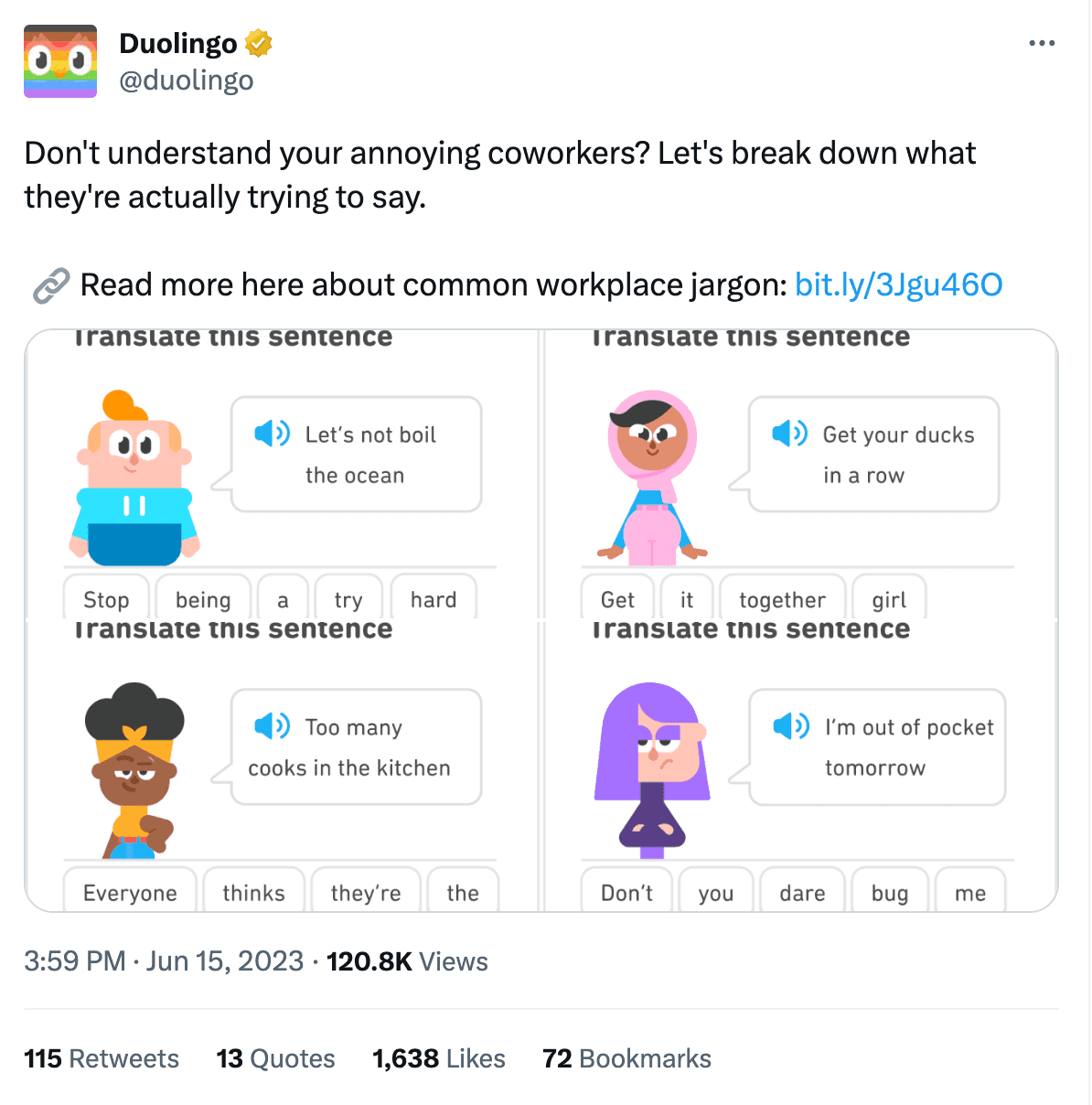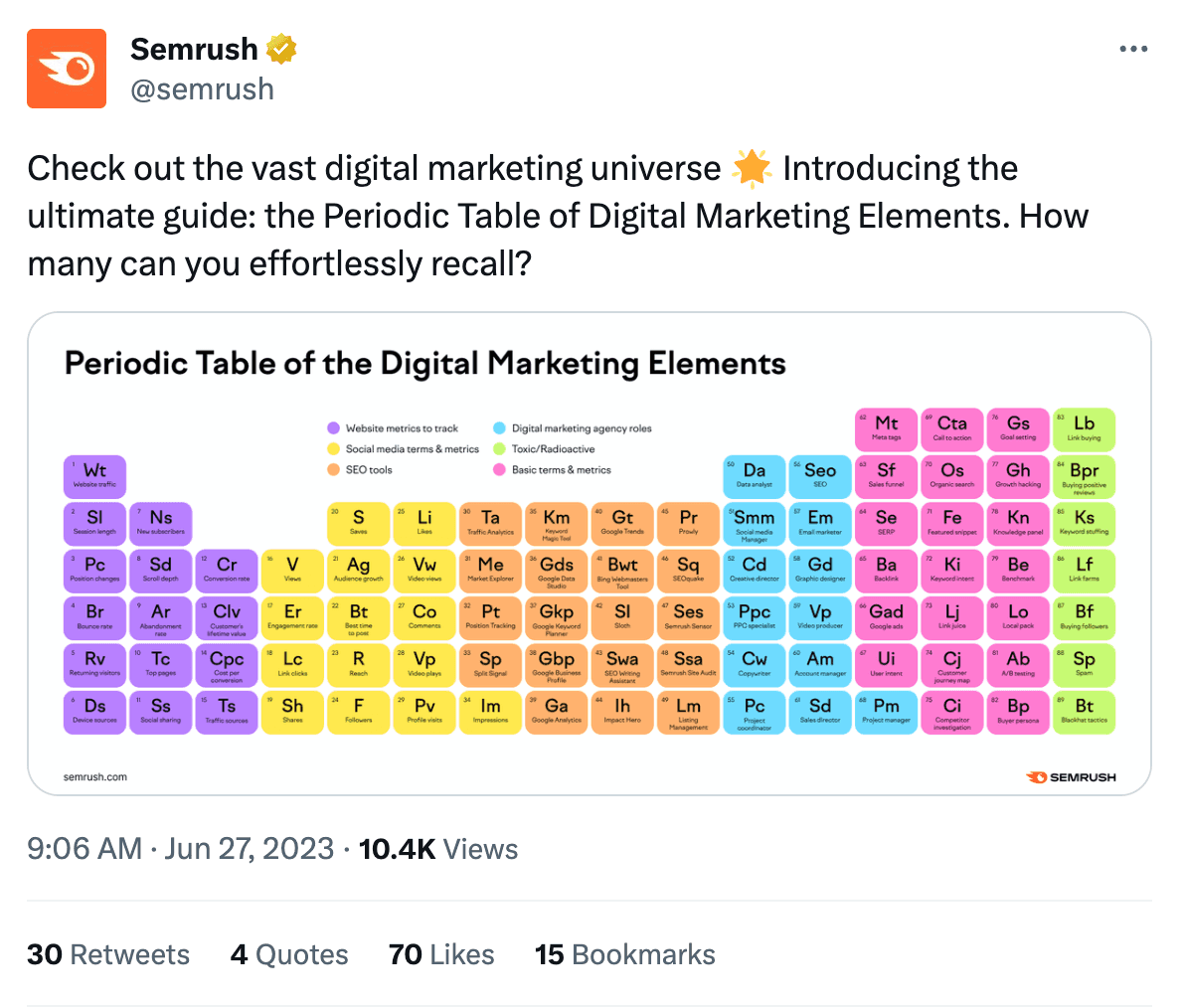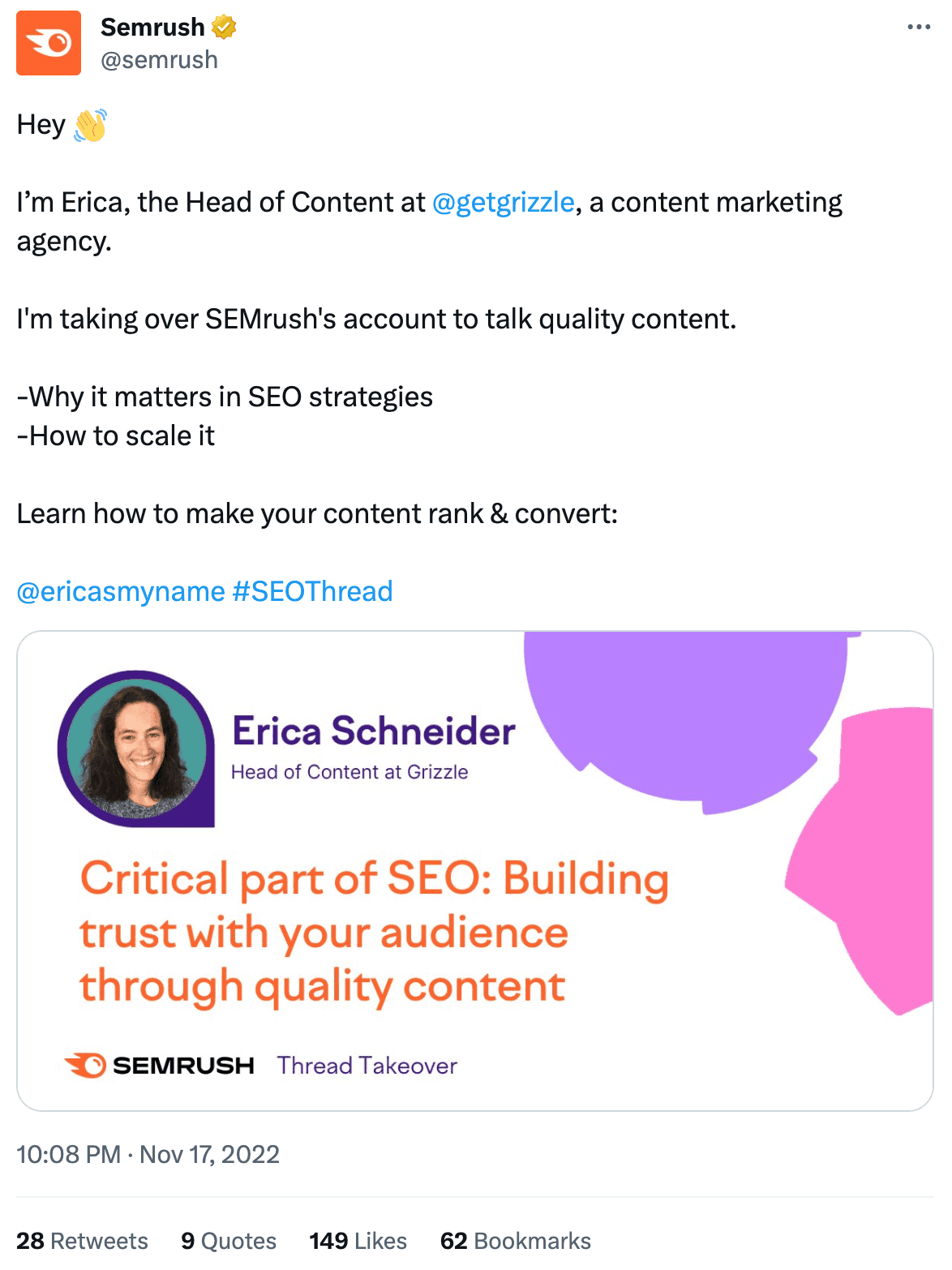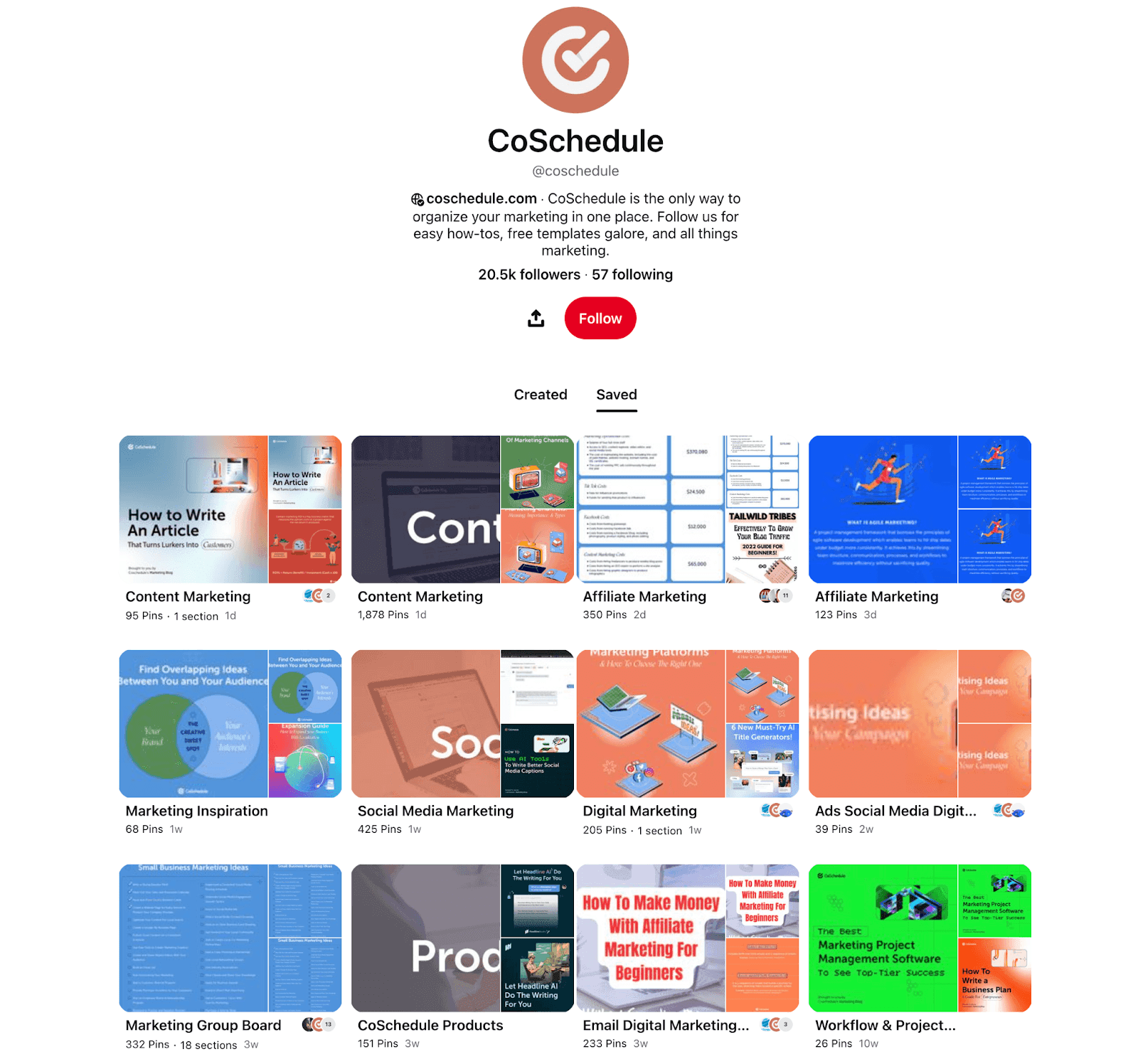Global Web Index reports that 78% of people use social media to look for more information on brands and products. This fact alone makes social media a gold mine for content marketers, especially considering its 4.89 billion users. But are you utilizing every available channel you have access to?
I’m talking about multi-channel content marketing and the practice of sharing valuable insights with your audience through more than one outlet.
But how can you get started? You need a plan.
Multi-channel content marketing is creating and sharing content on multiple media channels. A multi-channel marketing plan is the strategic execution of sharing that content. It outlines how content marketing efforts will be coordinated across different channels.
It’s like having an investment portfolio. A general investing guideline is to have a well-diversified portfolio with multiple stocks, bonds, and other asset types to mitigate risk. That way, if any investment underperforms, its impact is not crippling.
The same applies to investing in multiple channels for content marketing. Aside from the increased growth it offers, it also ensures the business doesn’t lose its entire content marketing investment if any channel has issues.
The flip side is the difficulty of juggling multiple media channels so that you neglect none. You must devote enough attention to your top channels, post good content, and engage your audience. It can be overwhelming, which is why you need a marketing plan.
People have their preferred methods of consuming content. Having a presence on multiple channels means accommodating your audience’s differences, and your plan ensures you stay on track. It comes with many benefits, and here are some of them.
Turn your brilliant ideas into engaging articles with ease. Discover how our Article Generator can bring your content to life!
Content Repurposing
Repurposing content means recycling a content asset on other platforms to get more eyeballs on it. For example, you can carve a single blog post into bits for a video on YouTube, a carousel for Instagram, or a Twitter thread.
Content repurposing is a life-saver as it ensures your brand always has insights to share while removing the pressure of constant content creation. It also saves precious time you would have spent creating new content.
Ahrefs is one brand that does content repurposing well. They don’t let any article go to waste. Instead, they add a spin and reuse everywhere. However, it’s not only new content they repurpose. They also update their older content, then recycle it. This way, they’re never out of social content ideas.
See part of a thread they made for an article.
Ensures You’re Always In Front Of Your Audience
The number of social media platforms available today is staggering. We have Twitter, LinkedIn, Instagram, YouTube, TikTok, Pinterest, Facebook, etc., and your audience is likely on multiple of them. Showing up on these same platforms positions your brand right in front of your audience and is an excellent way to stay top of mind.
Builds Credibility
When done right, multi-channel content marketing can help a business establish a reputation for consistency, responsiveness, thought leadership, and expertise. All of which boosts credibility. By maintaining your presence, your credibility will grow as consumers begin to see you as a thought leader.
Increases Brand Awareness
The rule of 7 in marketing states that a prospect needs to see your brand at least 7 times before they take action. You’re ingraining your business in their consciousness by showing up consistently across different platforms. This promotes brand awareness, as the more they see the brand, the more they want to learn about it. Even better- if one of your pieces of content happens to go viral, you’ll further increase awareness.
Greater Conversion Rates
Another benefit this approach offers is the increase in customers. The more people learn of a brand, the more leads are generated and the higher likelihood of converting them to customers.
Ensures Brand Identity & Loyalty
A brand that is consistent with its messaging across different outlets, uses distinctive brand elements, and has personal conversations with customers will find itself with a loyal fanbase. People form bonds with such brands and recognize them among their competitors.
For instance, if you’re in the content marketing industry, you’ll know that “create once, distribute forever” is synonymous with Ross Simmons and Foundation. They preach this message across all their channels, and it has become their identity. This message and their distinctive designs set them apart from other marketing agencies.
Reach New Audiences
Every channel has its unique audience, and by adopting a multi-channel approach, you can reach people who may not encounter your brand otherwise. Essentially, this approach exposes your brand to more people.
Better Customer Insights
Multi-channel marketing offers the opportunity to gather audience data across different platforms, providing more customer insights. You can leverage this information to create relevant content and run targeted promotions for specific audiences.
Here are a few things you should do when developing a multi-channel content marketing plan.
Know & Understand Your Audience
The first thing is to understand your audience. What are their pain points and their interests? What type of content do they want to see? This information will help you create valuable, personalized content that solves their problems.
Learn more about your audience by speaking to existing customers, going through customer complaints, checking reviews on review platforms, and listening on socials.
Identify The Top Marketing Channels
Don’t start by appearing on every channel imaginable. Doing that will drain resources and overstretch small content teams with hardly anything to show.
Instead, pick the best platforms for your use case, and be active there.
If you know your audience, narrow your focus on the platforms they mostly hang out on. Learn the platform’s best practices, and show up consistently.
Set SMART Goals & KPIs
As the marketing manager, you must define and set the goals for the marketing campaign. These goals must align with the company’s overarching marketing goals and should be Specific, Measurable, Achievable, Relevant, and Timely (SMART).
Also, set Key Performance Indicators (KPIs) for each channel to help track progress and determine whether you’re meeting the goals.
Create A Content Calendar
Multi-channel content creation can be daunting, and that’s where using a content calendar comes in. It helps with consistency and staying organized. Your content calendar should clearly outline the daily/weekly content for each platform, publishing date, and status, amongst other things.
Use CoSchedule’s Marketing Calendar to organize your multi-channel marketing content and publish confidently or use our all-in-one social media manager!
Customize Content For Each Channel
Every channel has its preferred style and characteristics, and you should optimize your content for each channel to see great results. For instance, Twitter favors punchy content with attention-grabbing hooks, Instagram is for eye-catching visual content, and Youtube promotes original and informative video content.
Take this into consideration when executing your multi-channel content marketing plan and posting. Tweak elements like tone or presentation so the content can resonate with the intended audience on the channel.
Monitor, Analyze, & Rework Content
Once you’ve posted consistently for a few weeks, analyze your results. Are you hitting the goals and KPIs you set at the start? If not, try to identify the problem, and once you’ve figured it out, adjust your strategy.
You can measure your efforts via each social’s in-app analytics or visible metrics or use external analytic tools to get in-depth analysis.
Use Tools To Streamline The Process
Managing a content team while ensuring everyone is on the same page in multi-channel content marketing takes time and effort. Frictions and delays are often inevitable. Tools like CoSchedule Marketing Calendar Pro promote efficiency and eliminate delays by helping you collaborate with your team and manage tasks.
Now you’ve seen how to develop a multi-channel content marketing plan, here are examples of brands doing it well to inspire you.
ClickUp
Usually, when the mandatory time to watch an ad passes on a video, I close it. But for some reason, ClickUp’s ad enthralled me, and I watched it till the end. It was funny and engaging.
That’s how their social content is: engaging, relatable, and funny. This gives them personality and identity and builds brand loyalty. For example, this humorous Instagram video:
WriterZen
WriterZen is an all-in-one content marketing & SEO tool. They focus on three channels (YouTube, Facebook, and TikTok) and tick many multi-channel content marketing best practices like publishing consistently on YouTube,
Repurposing webinars and sharing on Facebook with slides containing insights:
And also customizing content for channels by making short, engaging Tiktok videos.
Duolingo
Duolingo, the go-to app for learning new languages, is another brand that creates content and engages people on multiple social channels. They are known for witty and often sarcastic Twitter posts that have repeatedly gone viral, promoting brand awareness.
They also repurpose their blog content with explainer graphics.
Semrush
Semrush is an SEO tool that is innovative with its content marketing. They’ve mastered creating eye-catching graphics and infographics with their distinctive brand colors to repurpose content from blog posts and other assets. They also develop original content for social media. A recent favorite is this periodic table of digital elements inspired by the periodic table of chemical elements.
They take social content marketing further by doing a segment inviting industry experts to take over their Twitter account and share their insights on a topic. An example is the Erica Schneider Semrush thread takeover on quality content.
CoSchedule
The final example is from CoSchedule, the marketing industry’s leading provider of content calendars, content optimization, and marketing education products.
Coschedule is active on different channels, but I particularly love how they utilize Pinterest, which only a few brands do. They have 20.5k followers on there, and they share marketing-related resources.
Quality content is the bedrock of great multi-channel marketing for the following reasons:
- Valuable and problem-solving content attracts potential customers to a brand, while low-quality posts drive them away.
- Good content has long-term and repurposing value.
- Thought leadership content provides a brand with a competitive advantage and establishes expertise.
Therefore, invest in quality content when executing a multi-channel marketing plan.

